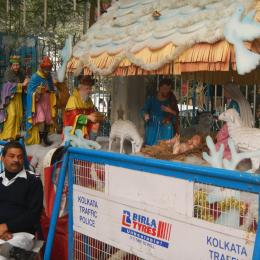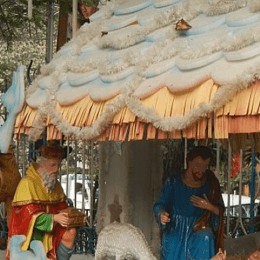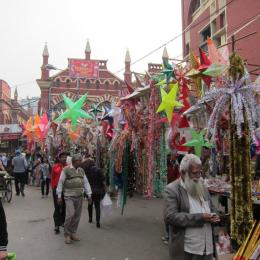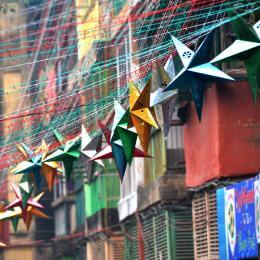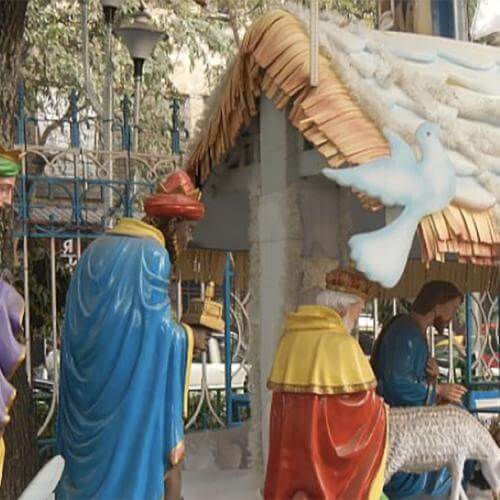
The essence of the celebration of Christmas in India stems from the fact that all major religions represented here have always assigned two one-day holidays as a symbol of equality in the civil calendar.
It is this respectful and wise tolerance that enables people of many faiths to live together peacefully and amicably in India. People thus naturally honour and celebrate the important festivals of all the religions represented. The celebration of Christmas also corresponds to the British tradition, where the main emphasis is on 25 December.
In predominantly Hindu India, Christianity is most strongly represented in the state of Goa, primarily because of its historical association with Portugal, and in populous Mumbai and Calcutta, influenced by the long colonial rule of Great Britain. During Christmas Eve, Indian Christians attend midnight mass and, like us, pass gifts among themselves. Churches in India are decorated with red flowers, which we call 'Poinsettia'.
In an Indian Christian family, we find a mango tree rather than a coniferous Christmas tree. Houses are decorated with oil clay lamps, symbolizing the light descending to earth with the life of Jesus. Most Christian families also have a nativity scene with clay figures. On Christmas Eve, families hang giant paper lanterns in the shape of stars between their houses. Even in India, there is a baby Jesus or Santa Claus who brings presents to children in a horse-drawn cart. In Hindi he is called Christmas Baba.

